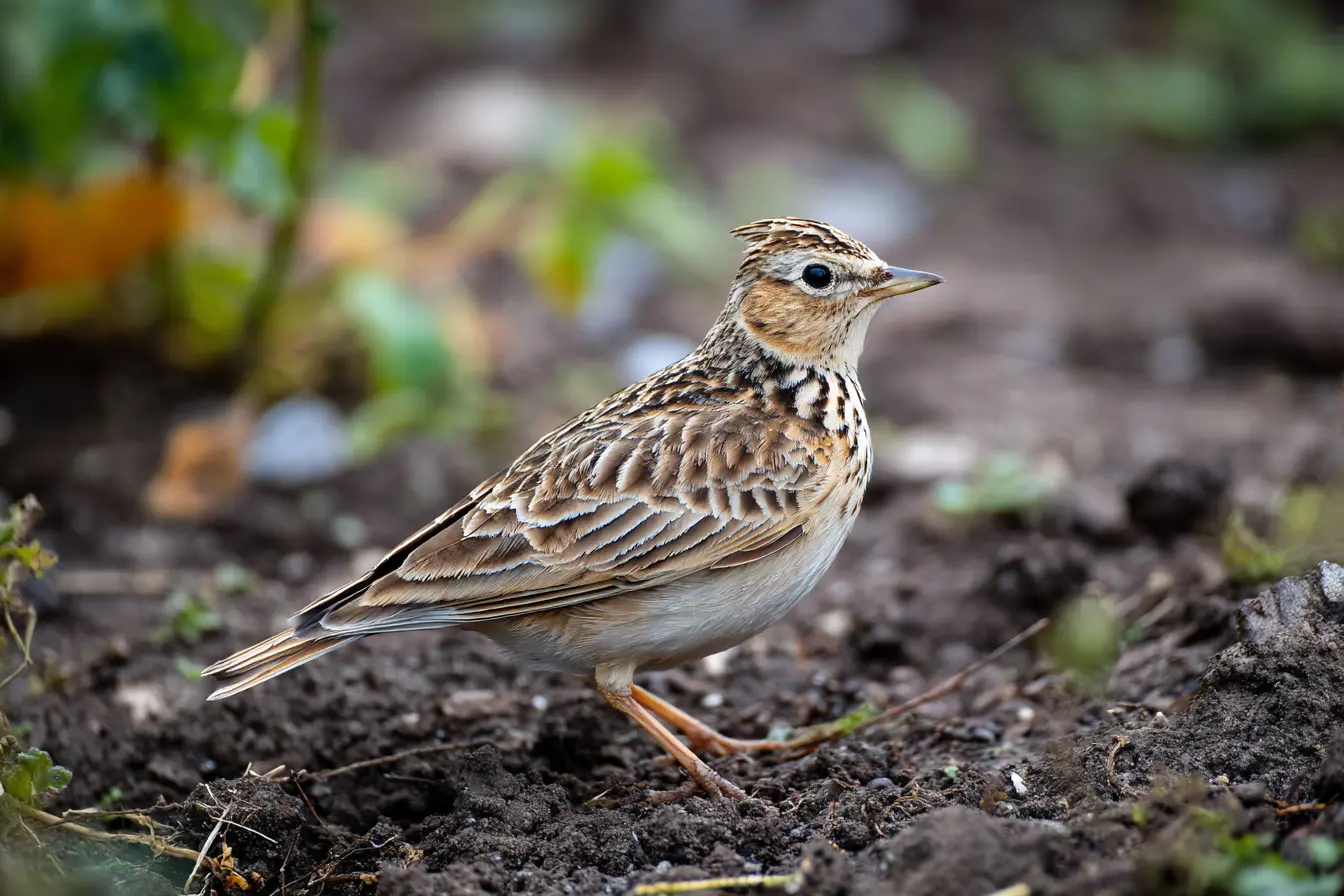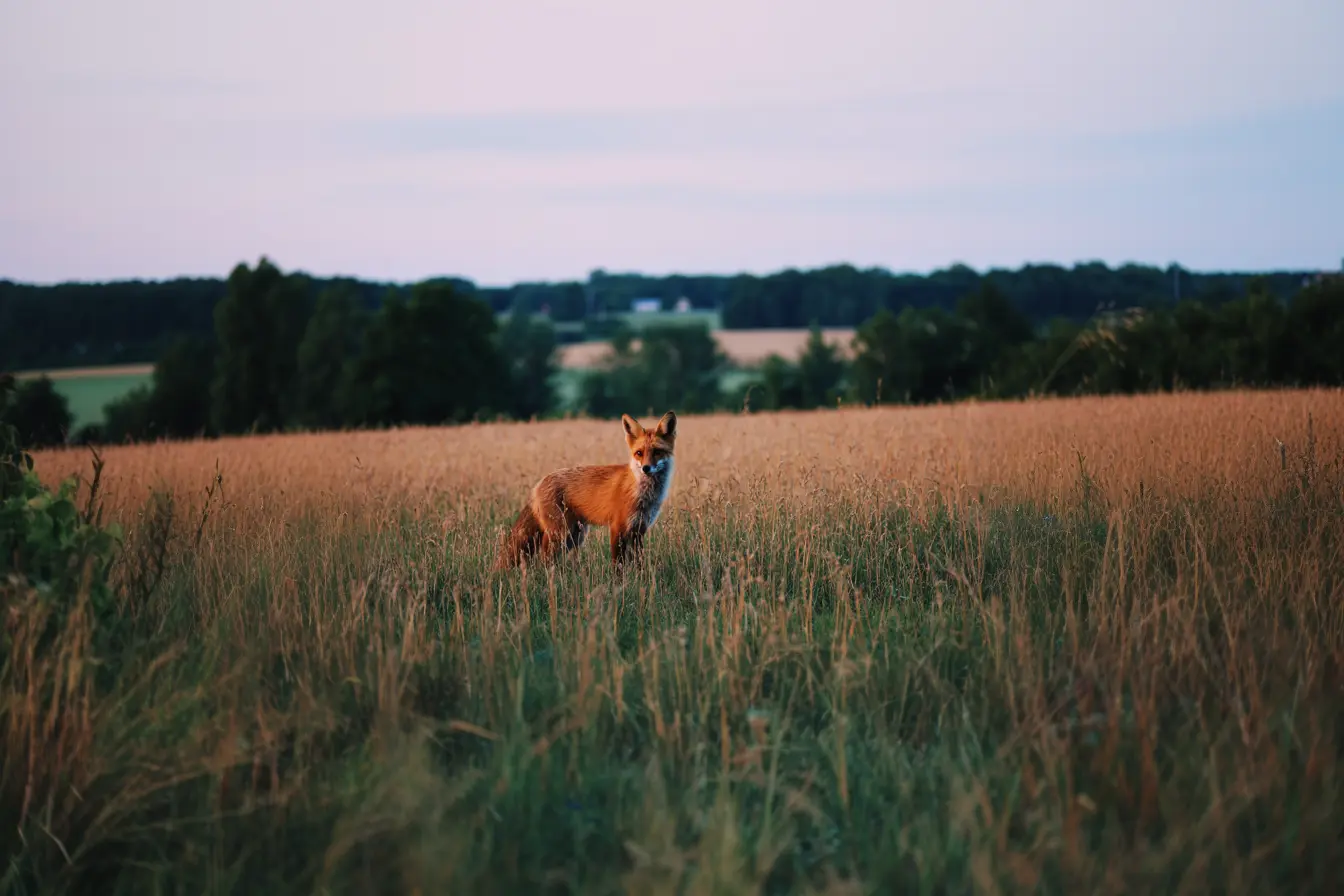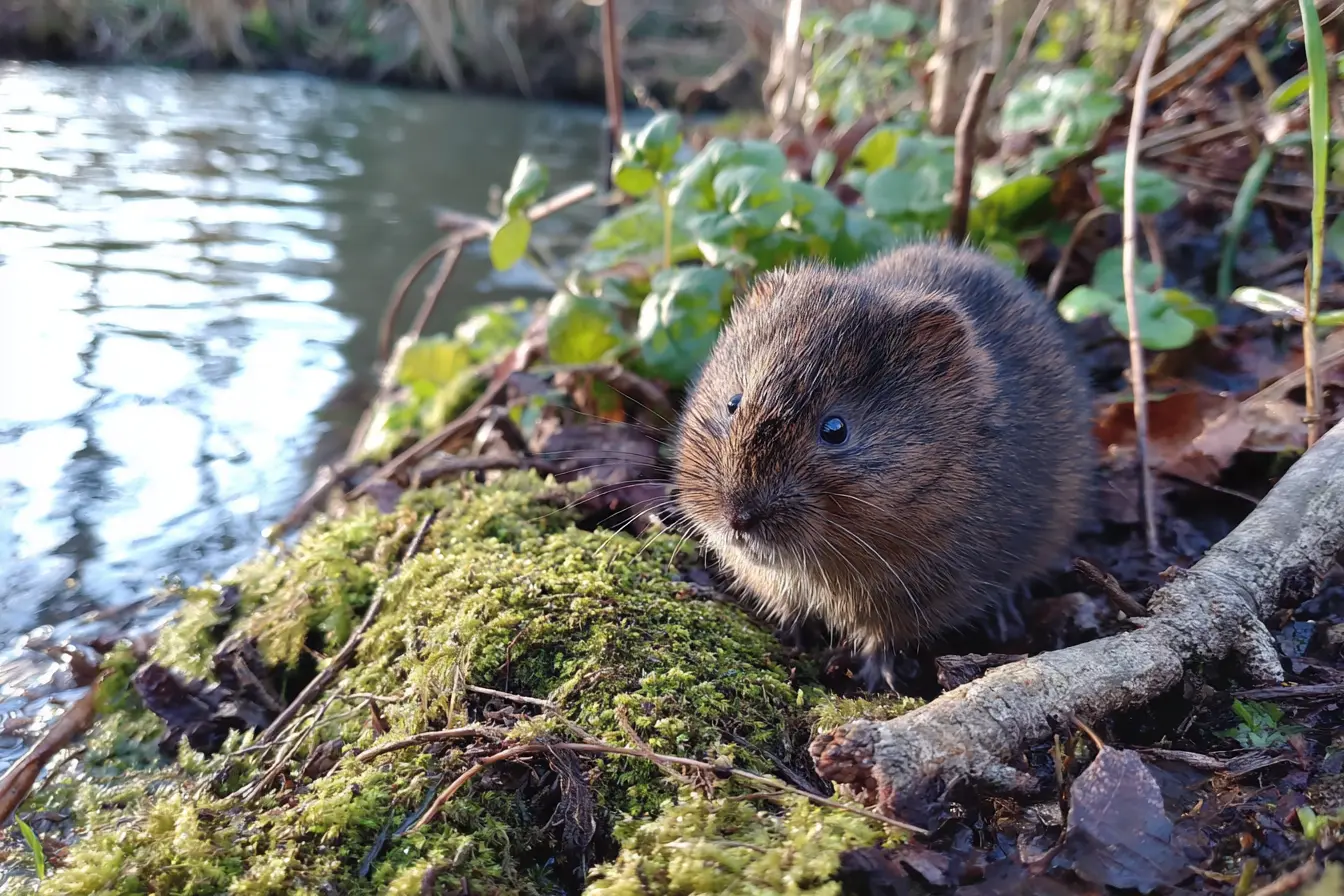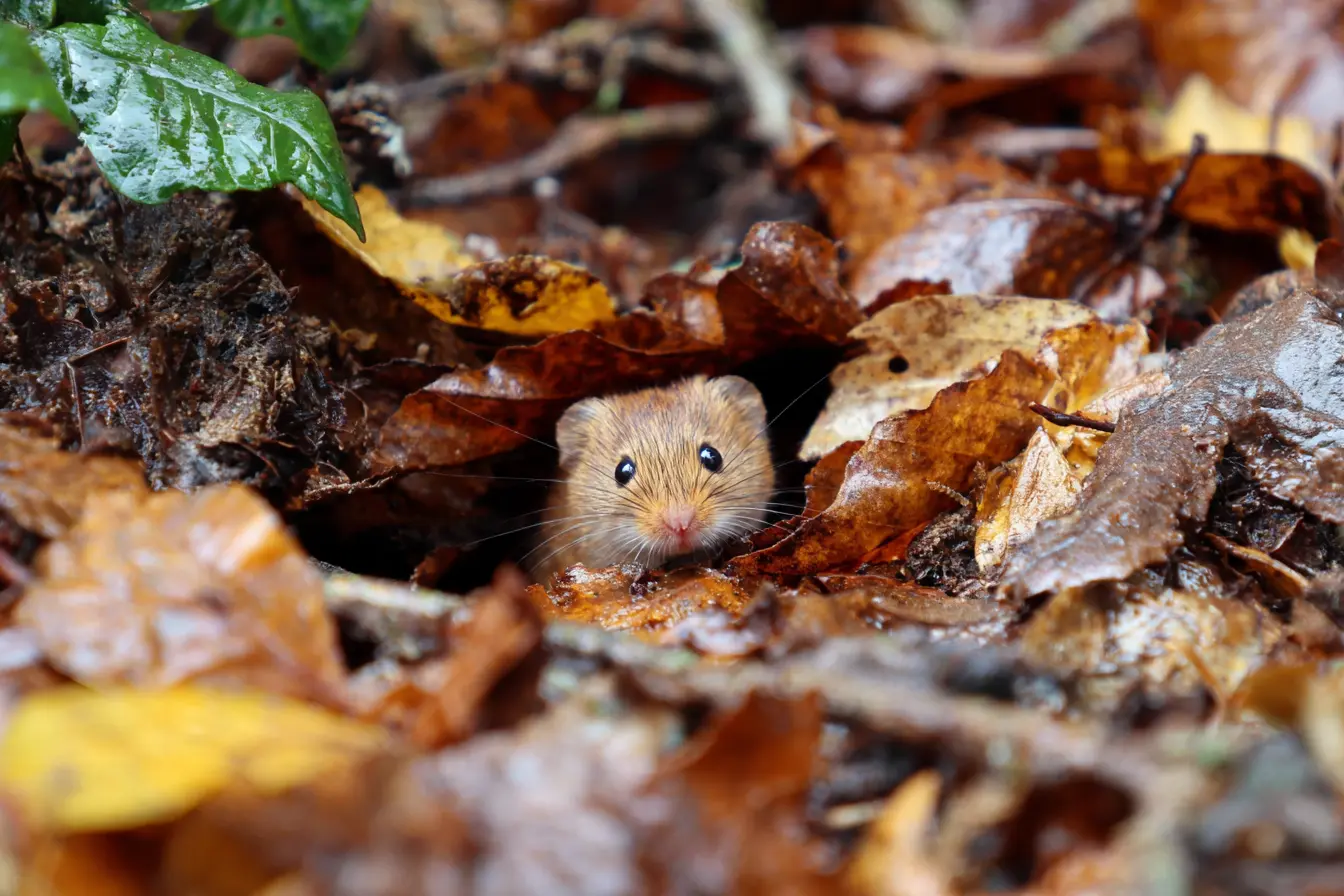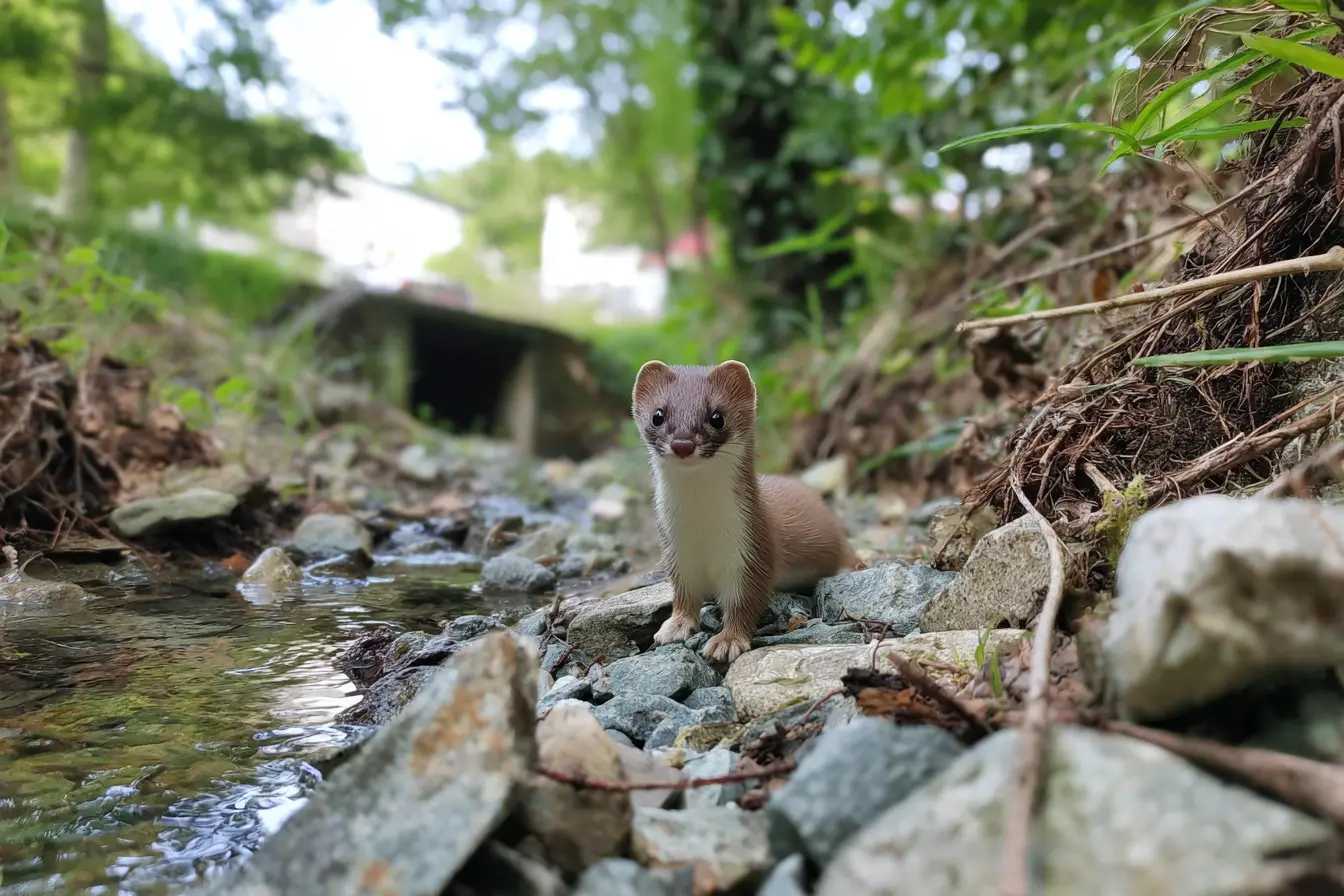
Stoats in the UK
The stoat (Mustela erminea) is one of Britain’s most charismatic and dynamic small predators. Sleek, fast-moving and highly adaptable, stoats are found in a wide range of habitats across the UK. Their bold hunting style and seasonal coat changes make them both fascinating and ecologically important.
This detailed post explores the biology, behaviour, habitat, diet, conservation status and ecological impact of stoats in the UK, along with their relationship to similar species and their role in native ecosystems.
Identification and Appearance
Stoats are members of the mustelid family, closely related to weasels, ferrets, badgers and otters. They are larger and more robust than weasels, with distinctive features that make them relatively easy to identify.
Key features
- Size: Adult stoats typically measure between 25 and 30 centimetres in body length, with a tail of 8 to 12 centimetres. Males are significantly larger than females.
- Fur: Chestnut-brown upperparts with a white or creamy underbelly, separated by a clean line.
- Tail: Long and bushy with a distinctive black tip — a key feature distinguishing stoats from weasels.
- Head: Broad and flattened with short, rounded ears and a pointed snout.
- Winter coat: In some upland and northern areas, stoats moult into a white coat in winter known as ‘ermine’, though the black tail tip remains.
Their bounding gait and sinuous movement through grass and undergrowth are characteristic of mustelids and are often the first clues to their presence.
Distribution and Habitat
Stoats are found throughout mainland Britain and on some offshore islands. They are absent from Ireland, where they have been replaced by the Irish stoat (Mustela erminea hibernica), a subspecies with slight differences in appearance.
Typical habitats
- Woodland and forest edges
- Moorland and upland heath
- Hedgerows and field margins
- Marshes, reedbeds and riverbanks
- Farmland and pasture
- Coastal areas and dunes
Stoats are habitat generalists, able to survive in a wide range of environments provided there is suitable cover and prey. They often use rabbit warrens, rock piles or hollow logs as dens.
Behaviour and Lifestyle
Stoats are solitary, territorial animals that lead highly mobile lives. They are primarily crepuscular, most active during the dawn and dusk hours, although they may hunt at any time of day depending on weather and food availability.
Movement
Stoats move in a distinctive bounding fashion, with an arched back and high leaps. They can climb trees and swim, but they usually hunt on the ground. They are known for their agility and stamina, capable of covering several kilometres in a single night.
Scent marking
Territories are marked with scent glands, faeces and urine. Territories of males are larger and may overlap with those of several females, particularly during the breeding season.
Diet and Hunting
Stoats are obligate carnivores and highly skilled hunters. Their diet is varied and depends on availability, but they specialise in preying on small mammals.
Typical prey
- Rabbits and young hares
- Field voles and bank voles
- Mice and shrews
- Birds, especially ground-nesters
- Bird eggs and chicks
- Frogs, lizards and occasionally fish
Despite their size, stoats are capable of killing prey much larger than themselves. They use a quick, powerful bite to the neck and are known for chasing rabbits into burrows or through open fields. Stoats also cache surplus food when hunting is successful.
Reproduction and Life Cycle
Stoats have an unusual reproductive strategy involving delayed implantation. This means there is a long delay between mating and the actual start of pregnancy.
Breeding facts
- Mating typically occurs in summer (June to August)
- Fertilised eggs remain dormant for up to ten months
- Implantation and development occur the following spring
- Kits are born in April or May, often in an old rabbit burrow or tree root
- Litter size is usually between four and twelve
- Kits are weaned at about five weeks and become independent soon after
Females can breed when only a few weeks old, meaning they are often impregnated before leaving the nest, though they do not give birth until the following year.
Predators and Threats
Stoats face few natural predators as adults, but juveniles may fall prey to birds of prey, foxes and badgers.
Main threats
- Road mortality, especially in rural areas
- Persecution from gamekeepers due to their impact on gamebird nests
- Habitat loss and fragmentation
- Accidental poisoning through rodenticides
Despite these pressures, stoats remain widespread and are capable of thriving in human-modified landscapes.
Ecological Role
Stoats are important predators in the UK’s ecosystems. By keeping small mammal populations in check, they help maintain balance in grassland and woodland environments. However, their impact on ground-nesting birds can be significant, particularly in island and moorland habitats.
Their introduction to some predator-free islands, such as New Zealand, has caused serious ecological damage. As a result, stoats are sometimes considered invasive outside their native range.
Legal Status and Conservation
Stoats are not currently protected under the Wildlife and Countryside Act 1981 in most of the UK. However, new legal provisions in England have brought changes in how they are managed.
Current status
- UK conservation status: Widespread and considered of Least Concern
- Population estimates: Around 300,000 individuals in Britain, though numbers fluctuate
- Legal protections: Stoats may be controlled under certain licences
- England 2020: Stoats were added to the list of species covered by the Invasive Alien Species (Enforcement and Permitting) Order in England, limiting their keeping and release without a permit
These changes primarily affect stoats in the context of wildlife rehabilitation, game management and pest control.
Stoats versus Weasels
Stoats and weasels are easily confused due to their similar body shapes and behaviours. However, there are reliable differences.
Key differences
- Size: Stoats are noticeably larger than weasels
- Tail: Stoats have a long tail with a black tip; weasels have a shorter, plain tail
- Movement: Stoats use a bounding gait; weasels move more rapidly in short bursts
- Range of prey: Stoats often target larger prey such as rabbits, while weasels focus on voles and mice
Learning to tell them apart is useful for wildlife watchers and important for conservation monitoring.
Observing Stoats in the Wild
Seeing a stoat requires luck and sharp eyes. Look for them in sunny field margins, woodland rides, stone walls or heathland paths. They may dash across open ground or appear when chasing a rabbit.
Signs of stoats include:
- Characteristic bounding tracks in snow or mud
- Scats deposited at territory edges or prominent features
- Prey remains, particularly rabbit carcasses with signs of a neck bite
In winter, sightings of white-coated stoats (ermine) are most likely in the Scottish Highlands or upland regions of northern England.
Conclusion
The stoat is an extraordinary predator that plays a vital role in the UK countryside. Adaptable, energetic and efficient, it has thrived across varied habitats despite challenges posed by human land use and control measures.
While not currently threatened, the stoat’s future depends on balanced wildlife management, sustainable land practices and continued ecological monitoring. As a native species with an ancient lineage and ecological importance, the stoat deserves greater attention, appreciation and understanding.
Vets near you
Speciality vets
- Aquatics vet specialists
- Birds vet specialists
- Camelids vet specialists
- Cats vet specialists
- Cattle vet specialists
- Deer vet specialists
- Dogs vet specialists
- Equines vet specialists
- Exotic vet specialists
- Goats vet specialists
- Pigs vet specialists
- Poultry vet specialists
- Sheep vet specialists
- Small Mammals vet specialists
- Wild vet specialists
